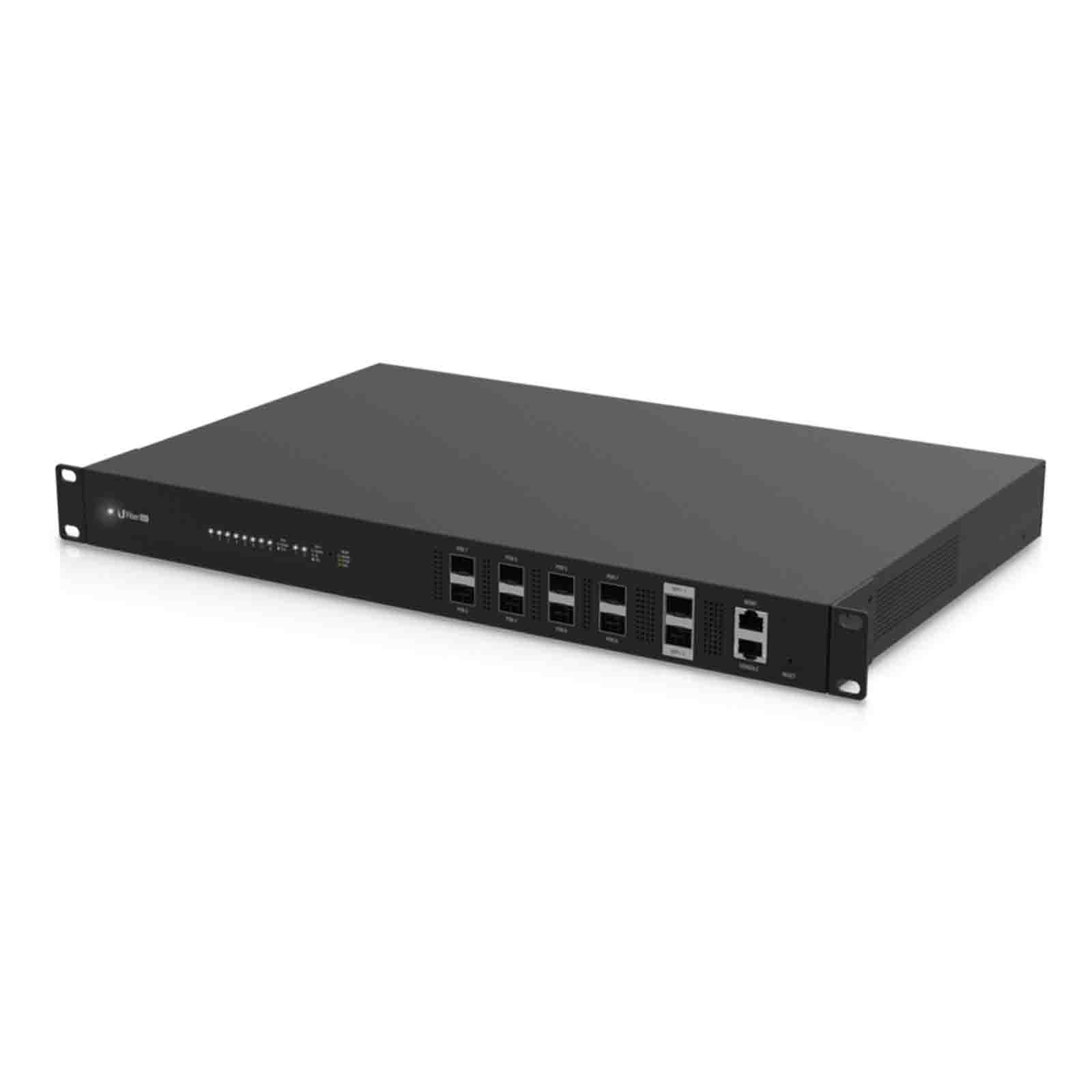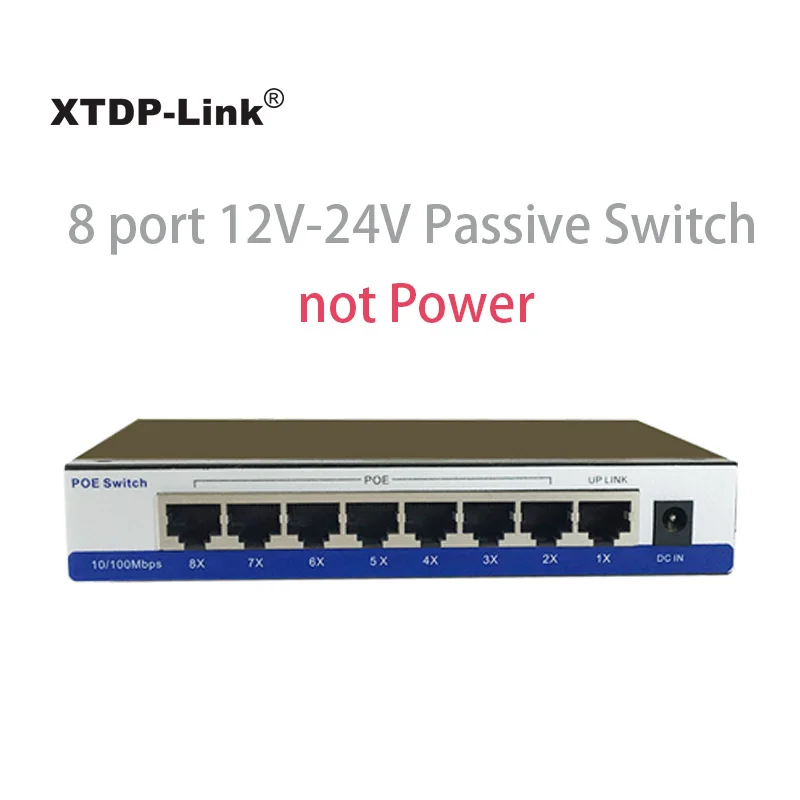

But in practice, you’re likely not to find the licensing levels to be an issue. The default license level provided with a specific device type may make it seem like “higher-end capabilities” are only for higher-end products. MikroTik’s license levels, however, are fairly generous.


Instead, and again like Cisco’s iOS, there is a concept of software license levels. The standardisation of software, much like how Cisco has iOS, means that features and capabilities are fixed in software and mostly independent of hardware. Even some products which MikroTik markets as primarily a switch are loaded with RouterOS. I’m going to focus on just RouterOS, since that’s the more powerful of the two. Some products can be loaded with either software. MikroTik makes two main types of software which are standardised across their networking equipment, SwOS and RouterOS, for switching and routing devices respectively. They are very affordably priced and are great value. Their suite of wired and wireless products are mostly aimed at SOHO and SME networks. What or who is MikroTik? They are a small Latvian-based network equipment manufacturer founded in 1996. A related problem is that, unfortunately, MikroTik does things in such a non-mainstream manner, vis-a-vis enterprising networking gear, that network professionals may struggle to configure a MikroTik router. Network professionals will understand, but they might not think they’re needed at home. They won’t understand or appreciate these capabilities. Just know that MikroTik is far lesser mainstream, and definitely needs far more networking expertise to grapple with its prowess.Īll that prowess makes it quite a problem for me to explain to most users what MikroTik routers can do. If you thought these are lesser mainstream networking gear for prosumers, you’re mostly right.

There are also the newer generation of smart-home Wi-Fi such as the Google Nest Wi-Fi. I now have three MikroTik routers, and have had some success influencing several network-savvy friends to get them for their homes, so I think this is about time to write a proper blog post about them.īy mainstream Wi-Fi routers, we typically think about those consumer products from the likes of ASUS, Linksys, Netgear, and TP-Link. That was my first MikroTik product, even though I had already considered trying out their switches and routers for some years prior to that. I did post about the hAP ac briefly in 2017. However, if you’re a power user and in for some challenge to build your ultimate home network, MikroTik has some great products for you to consider. These aren’t the kind of mainstream Wi-Fi routers for most consumers. I’ve been wanting to write about MikroTik routers for some time.


 0 kommentar(er)
0 kommentar(er)
